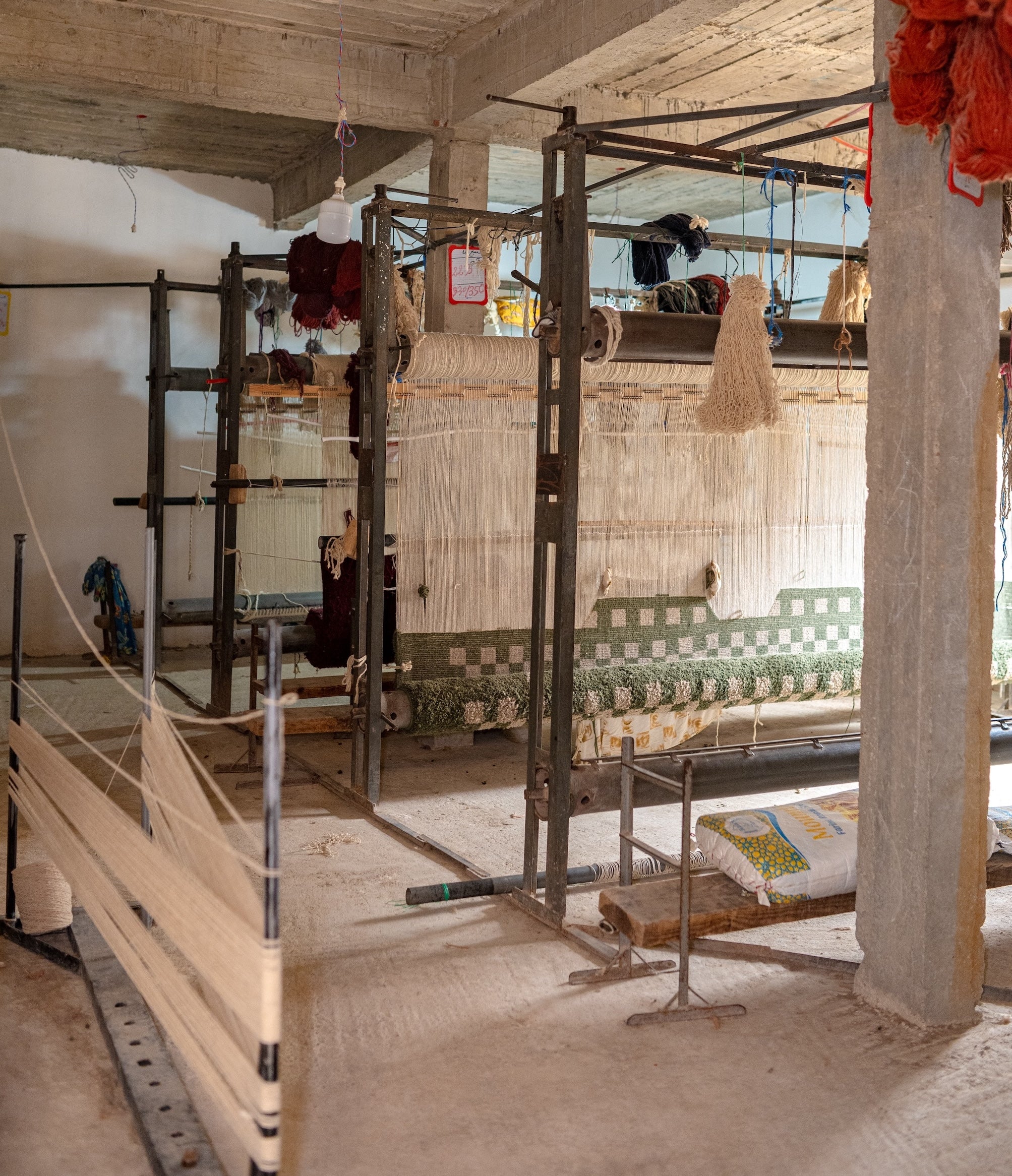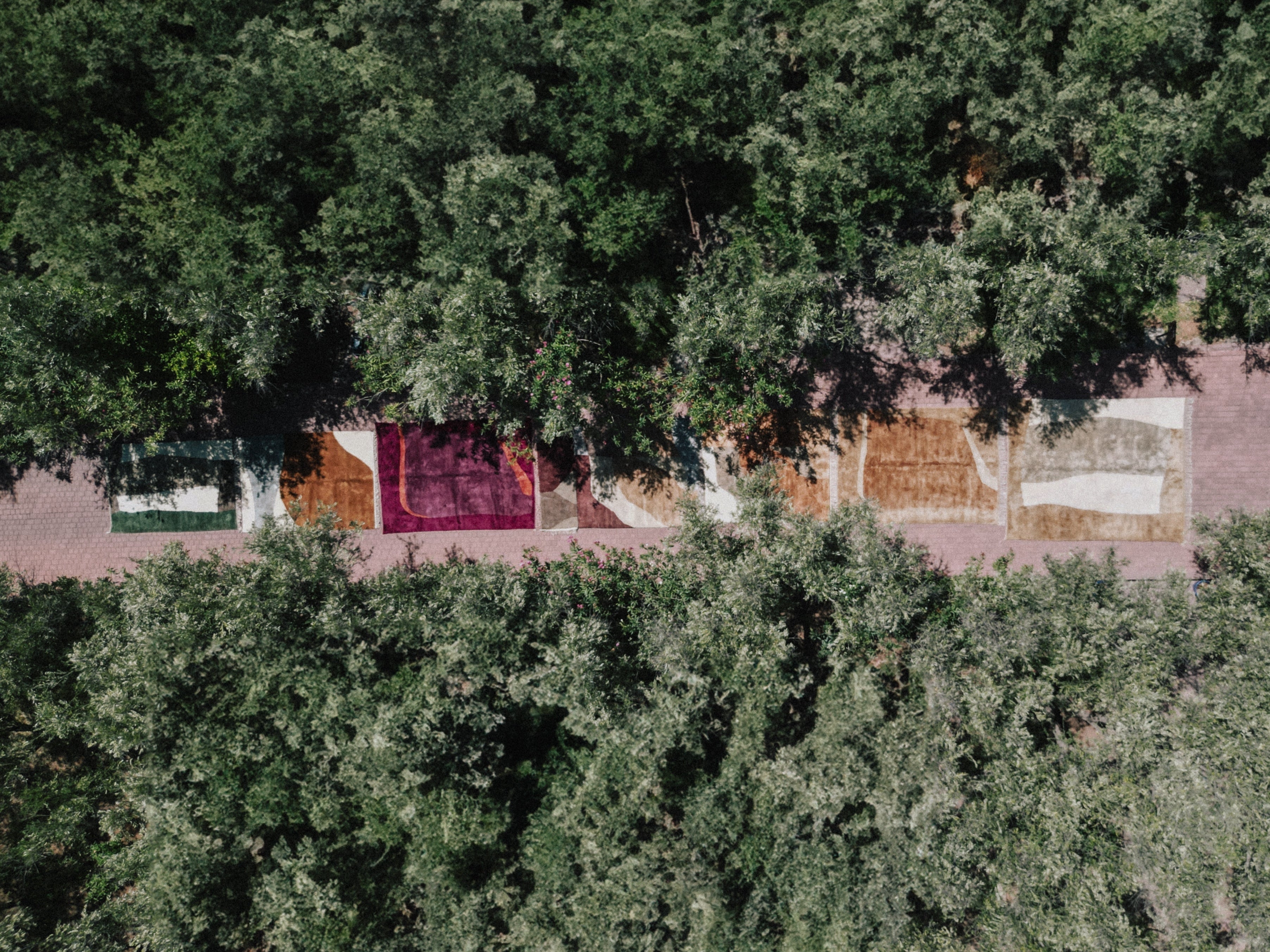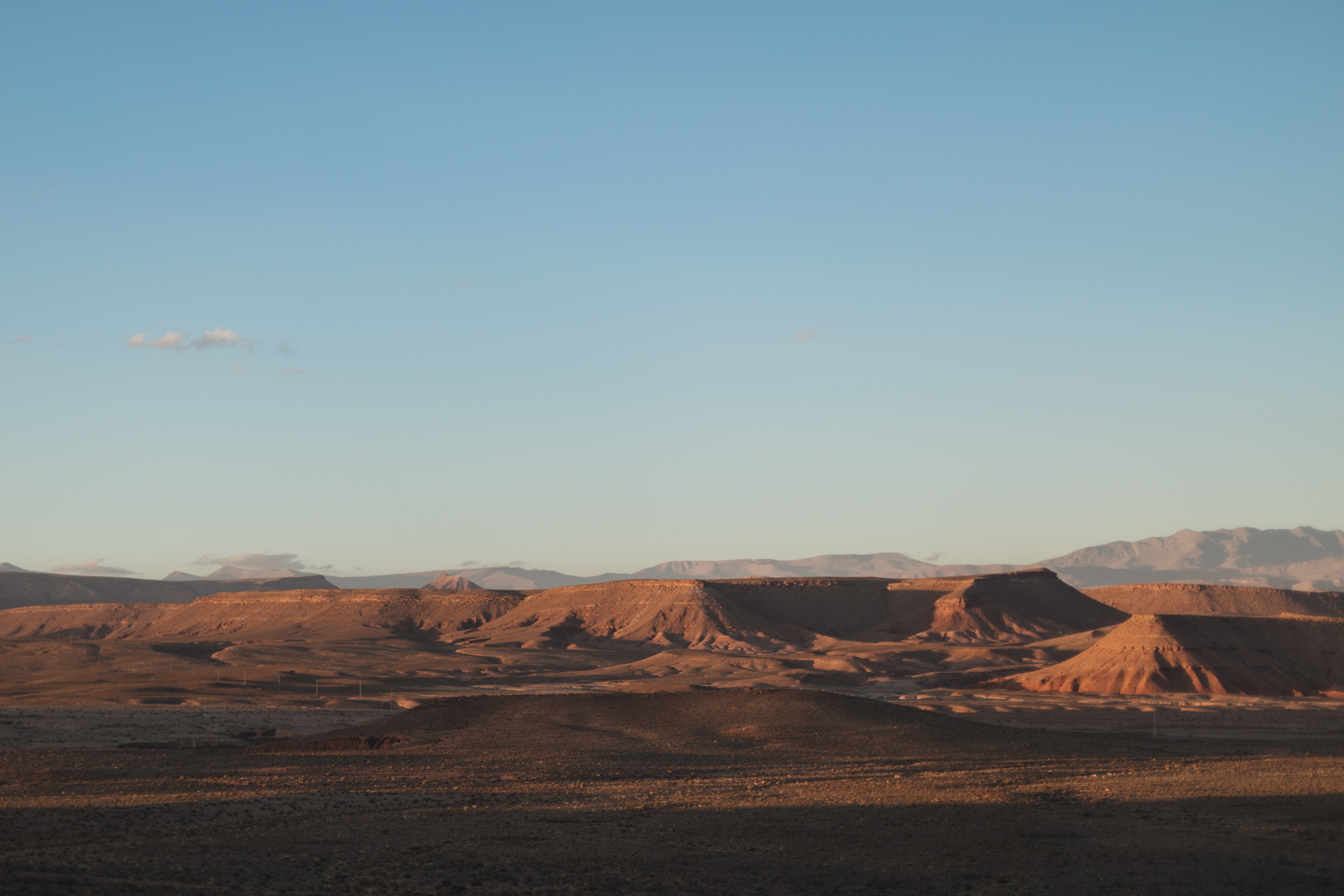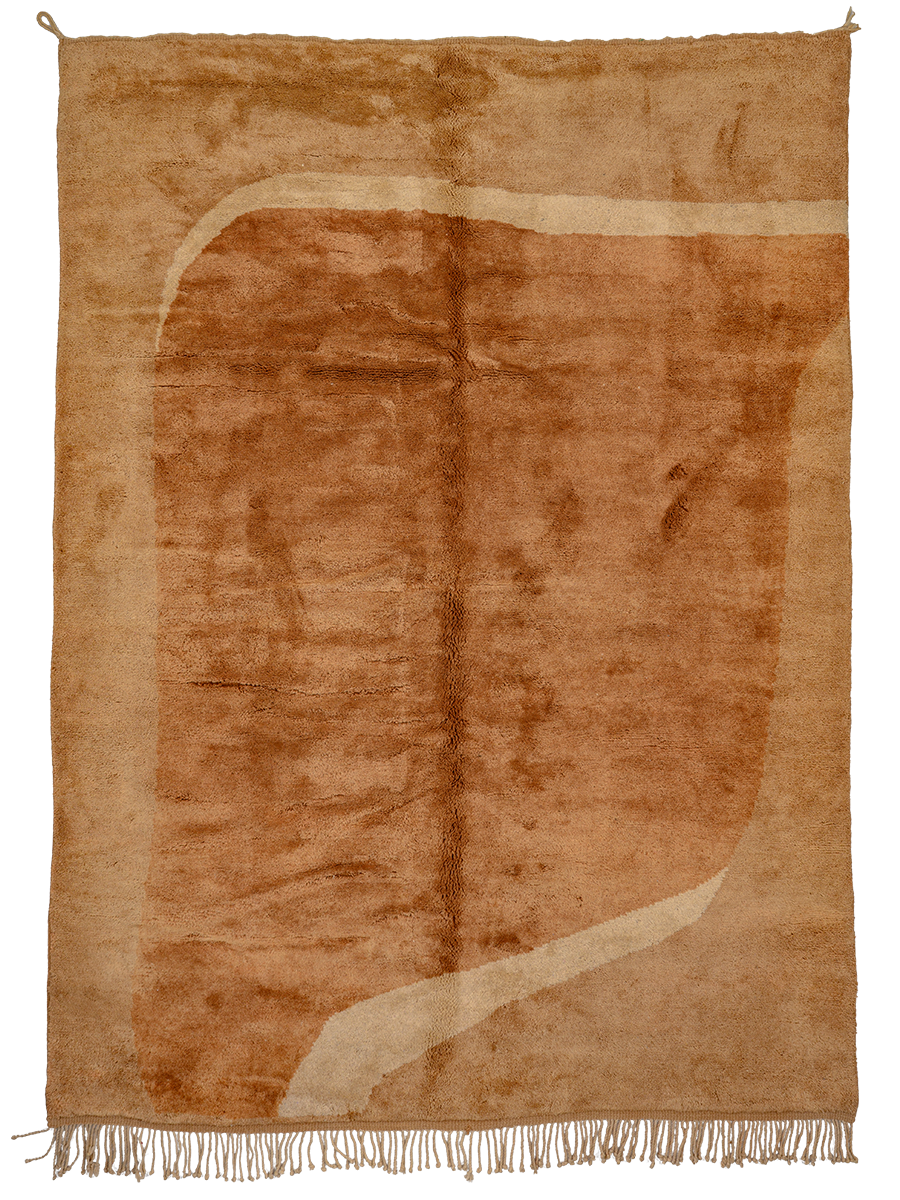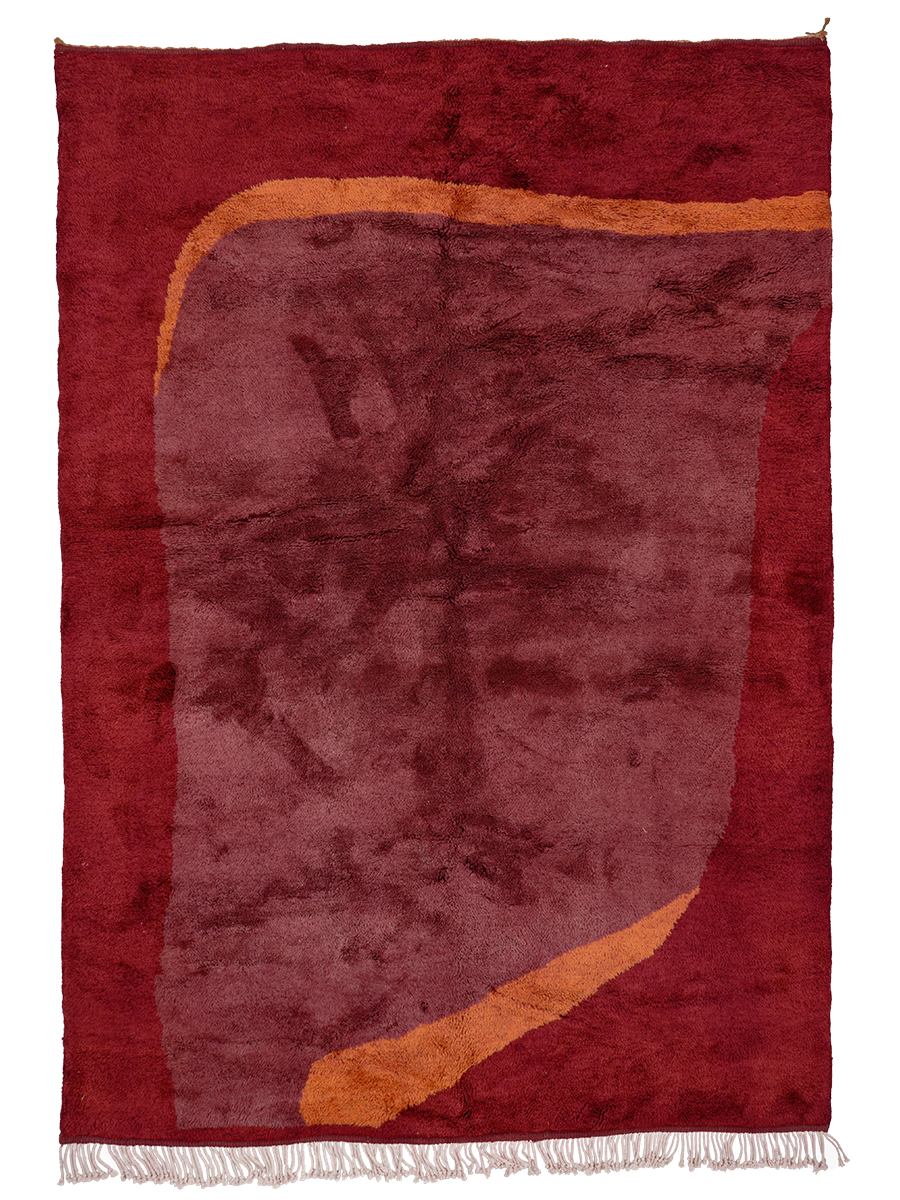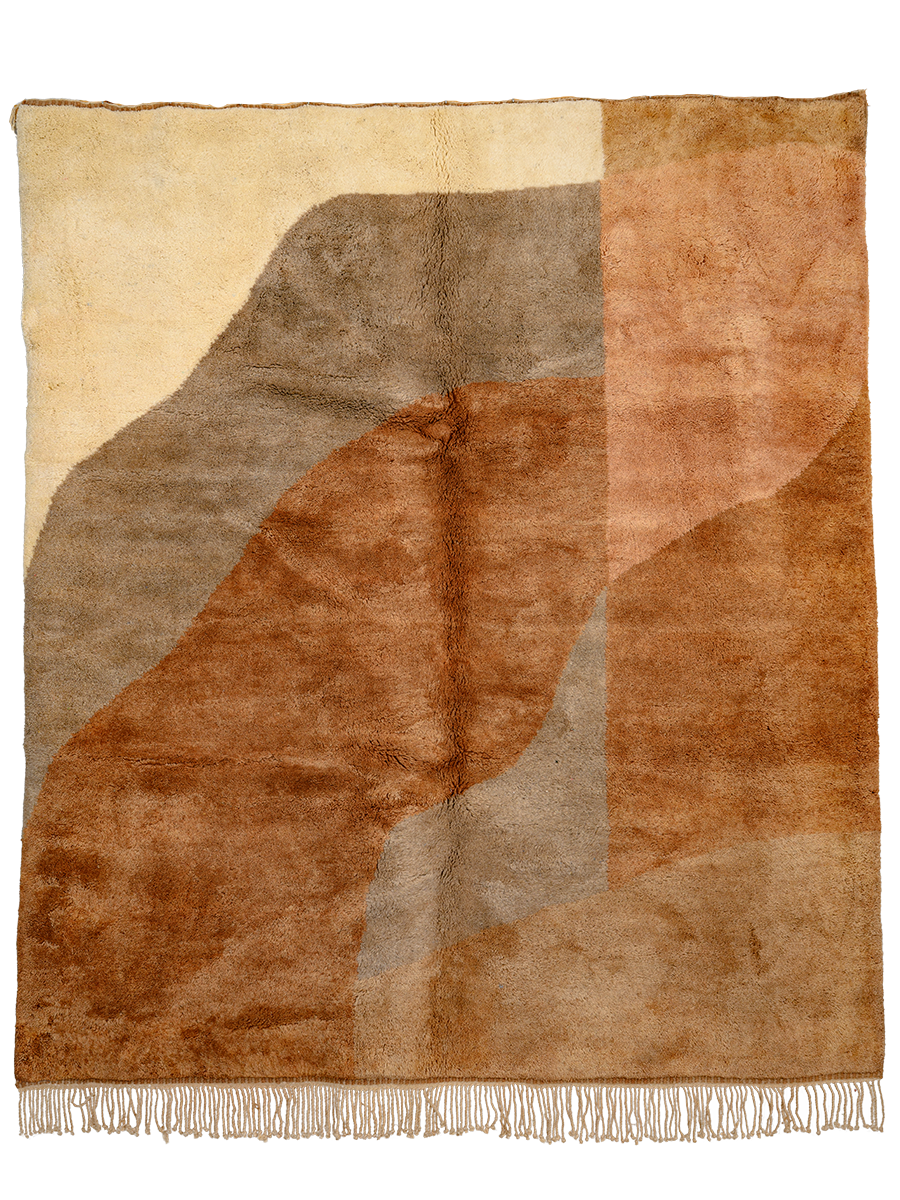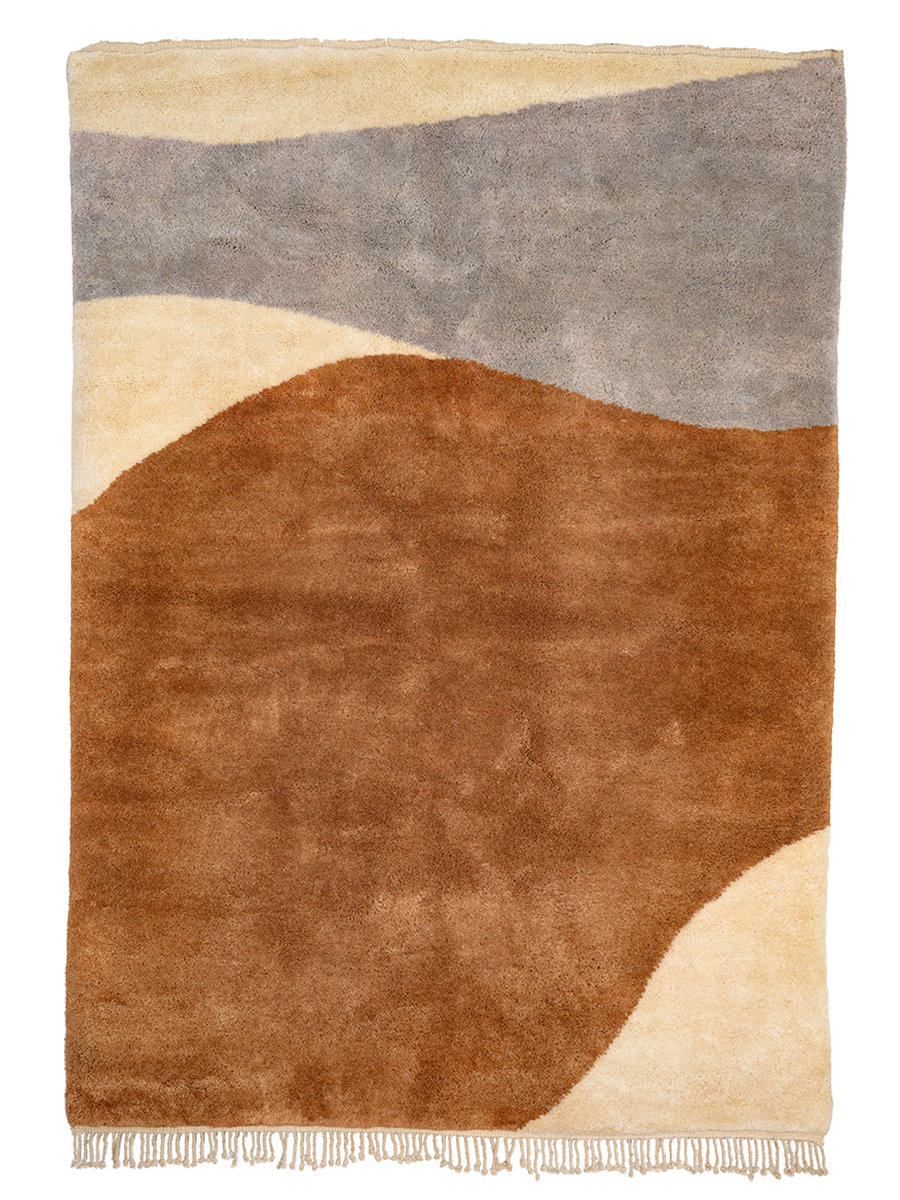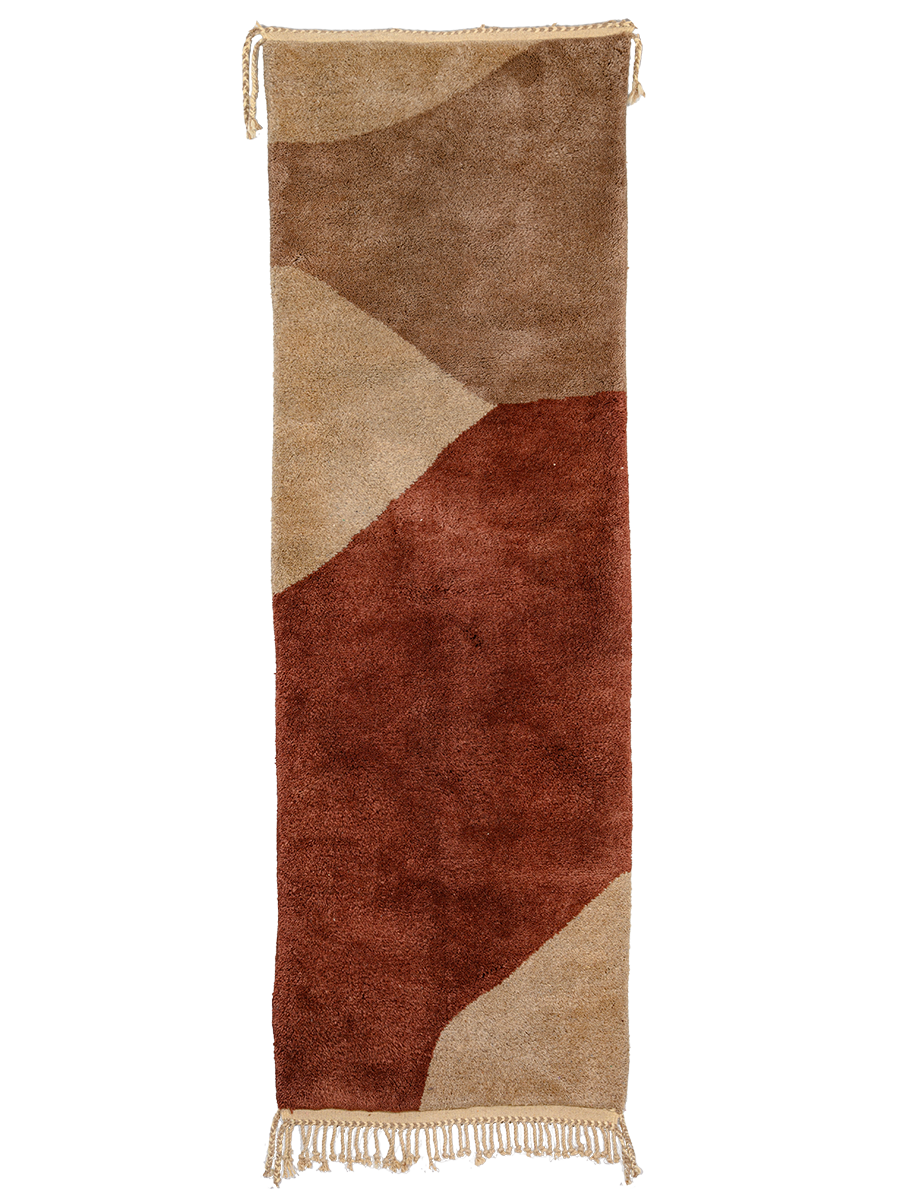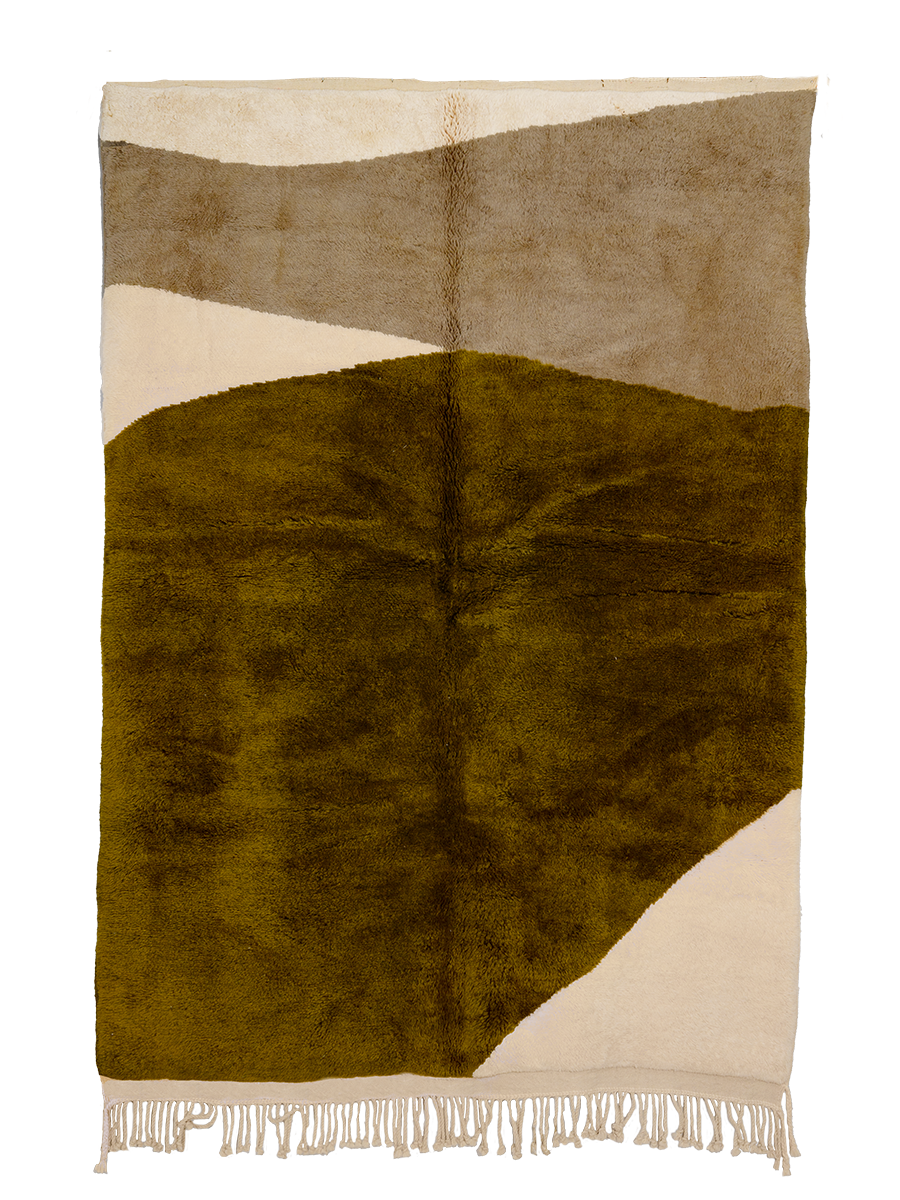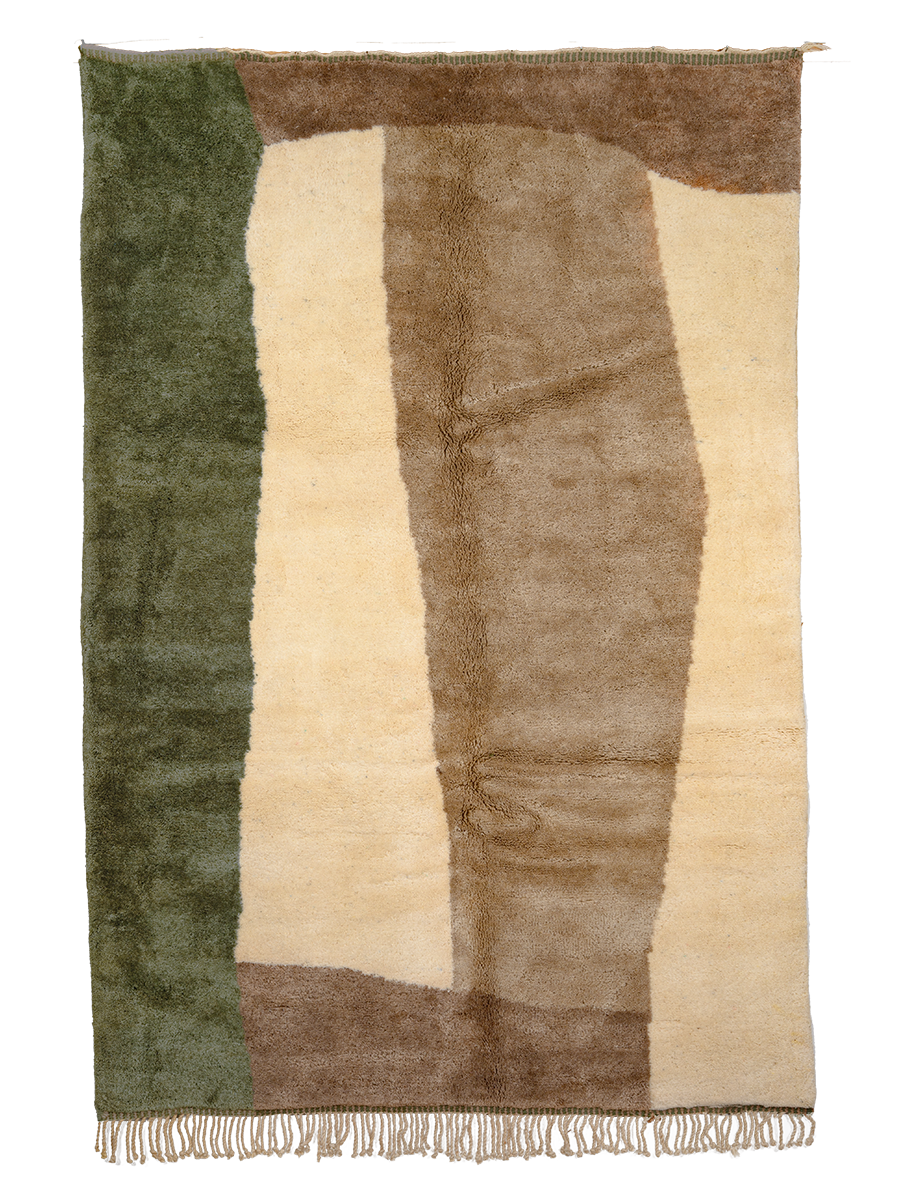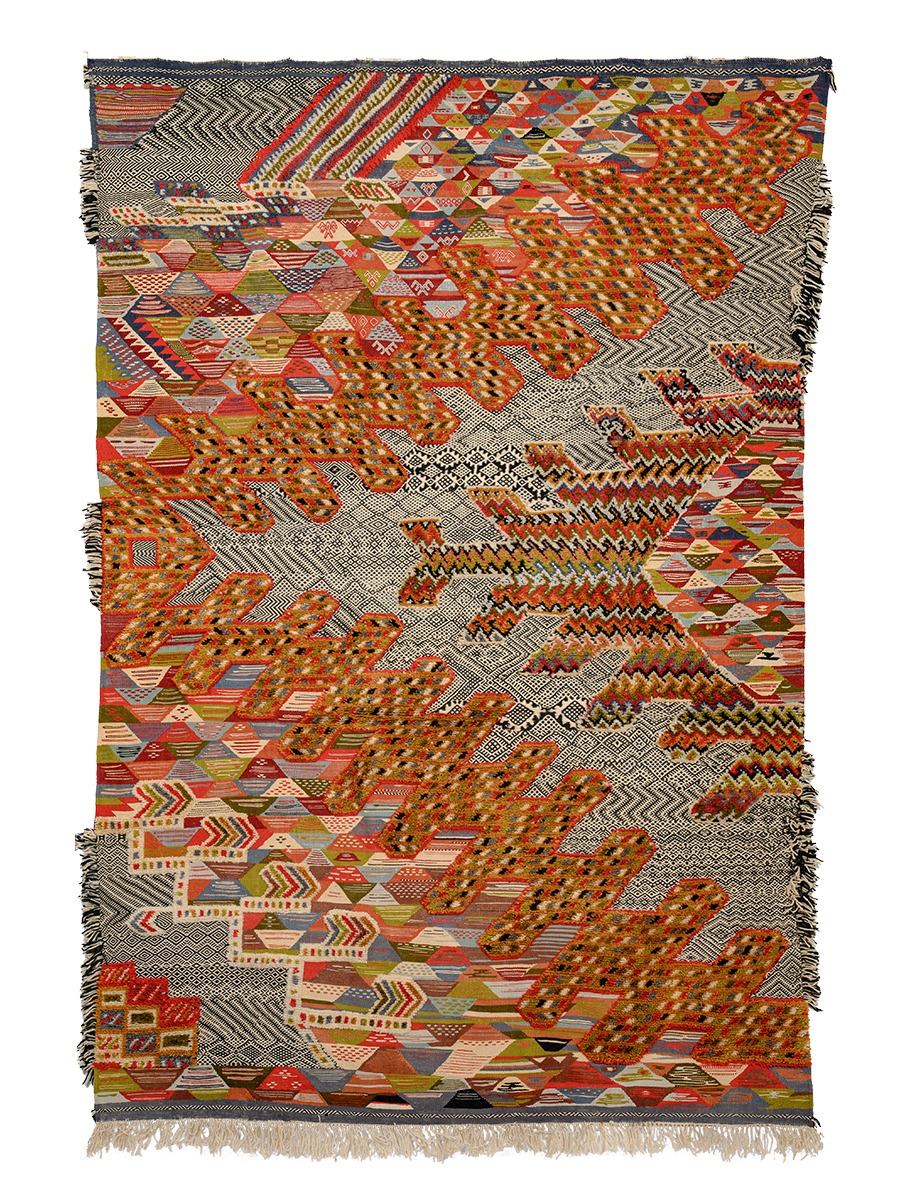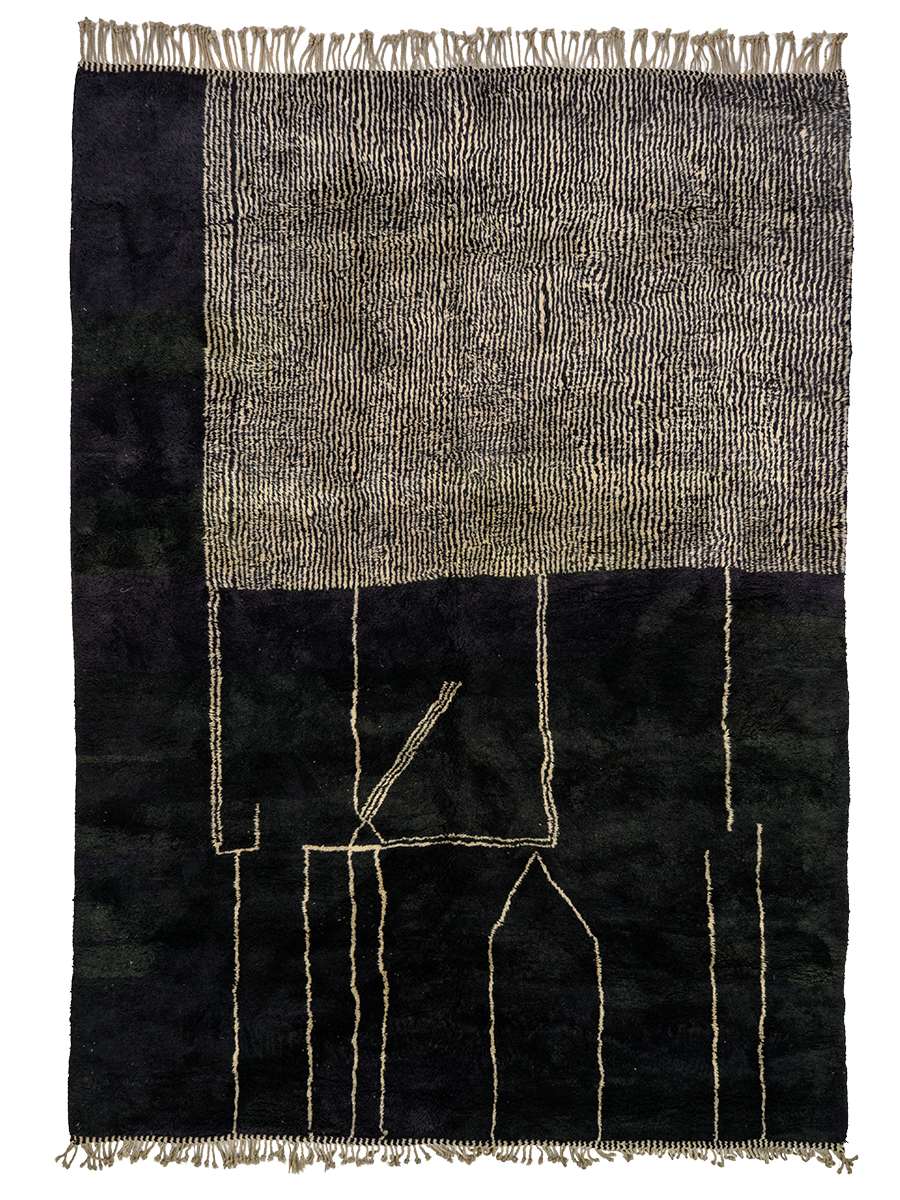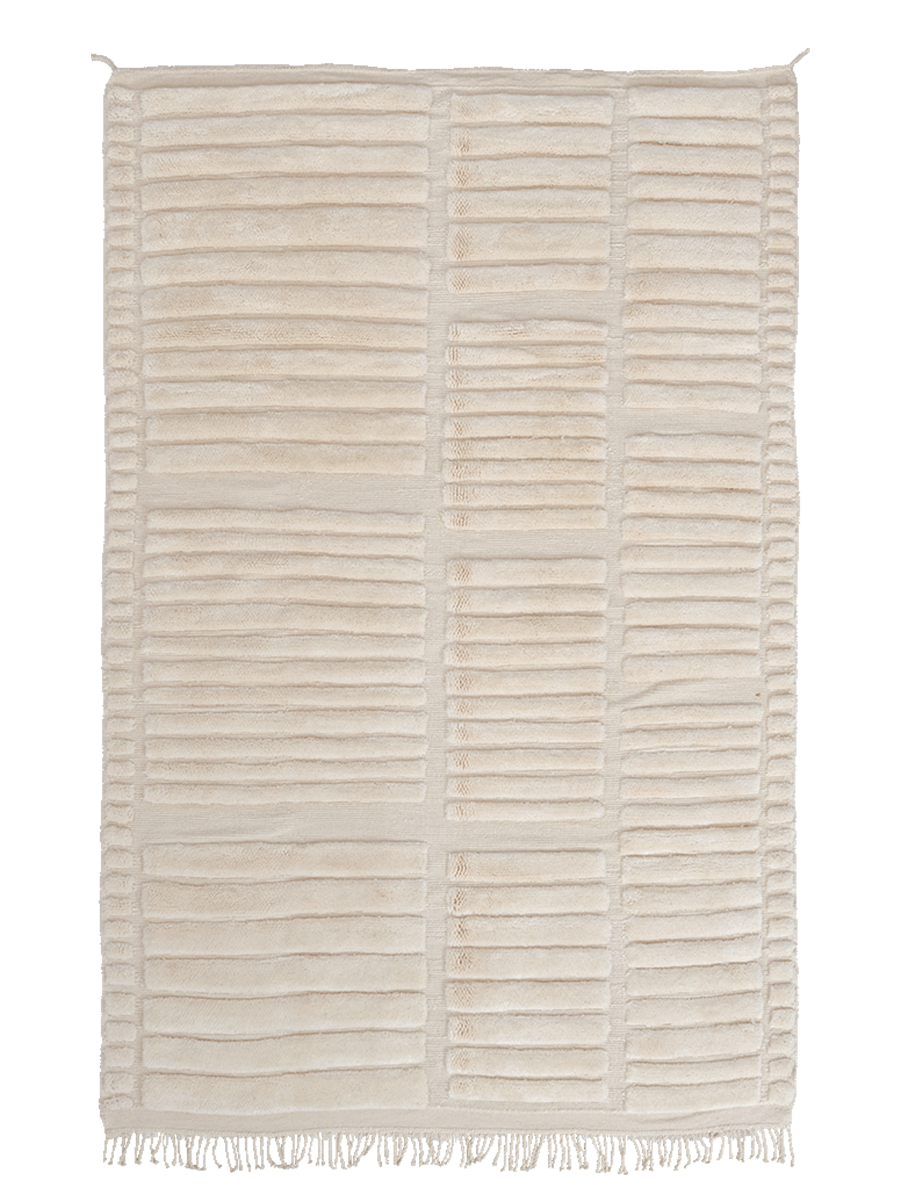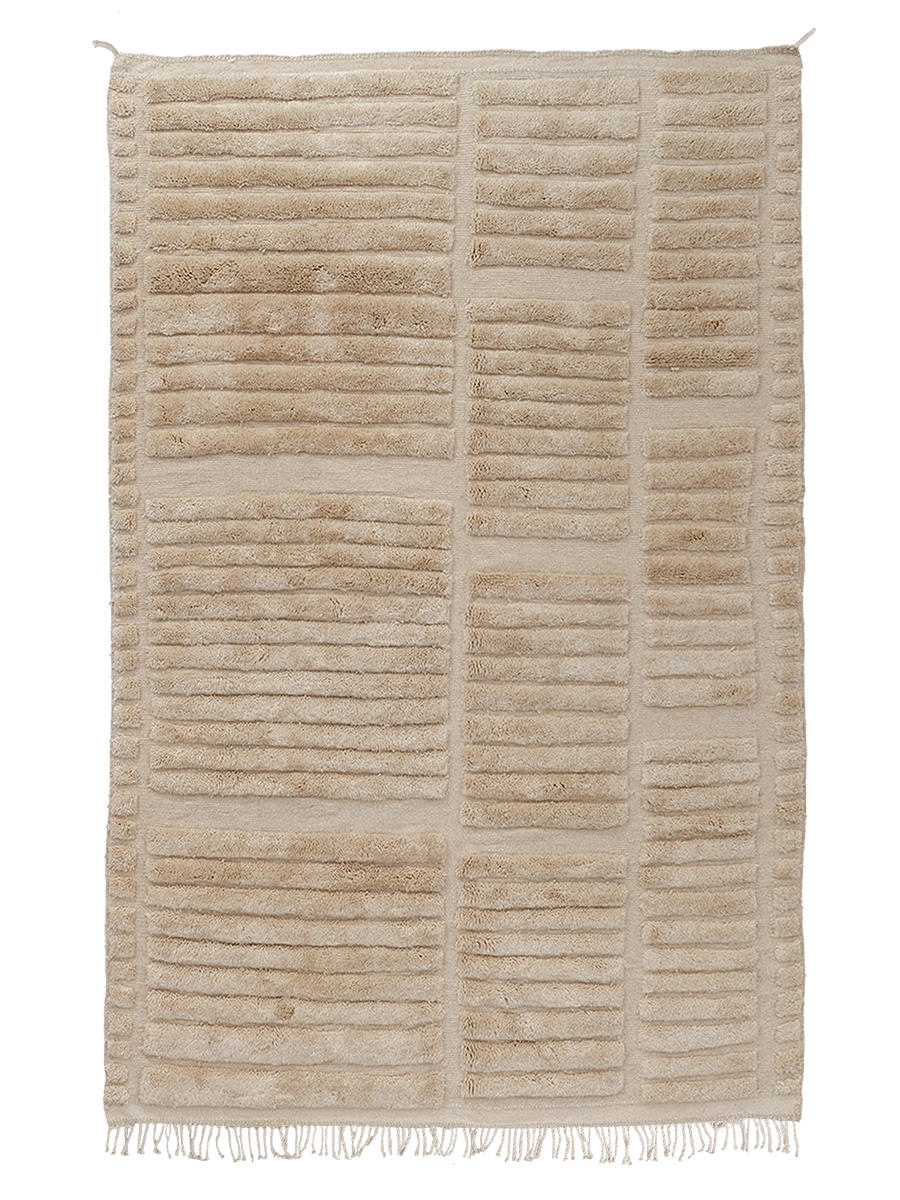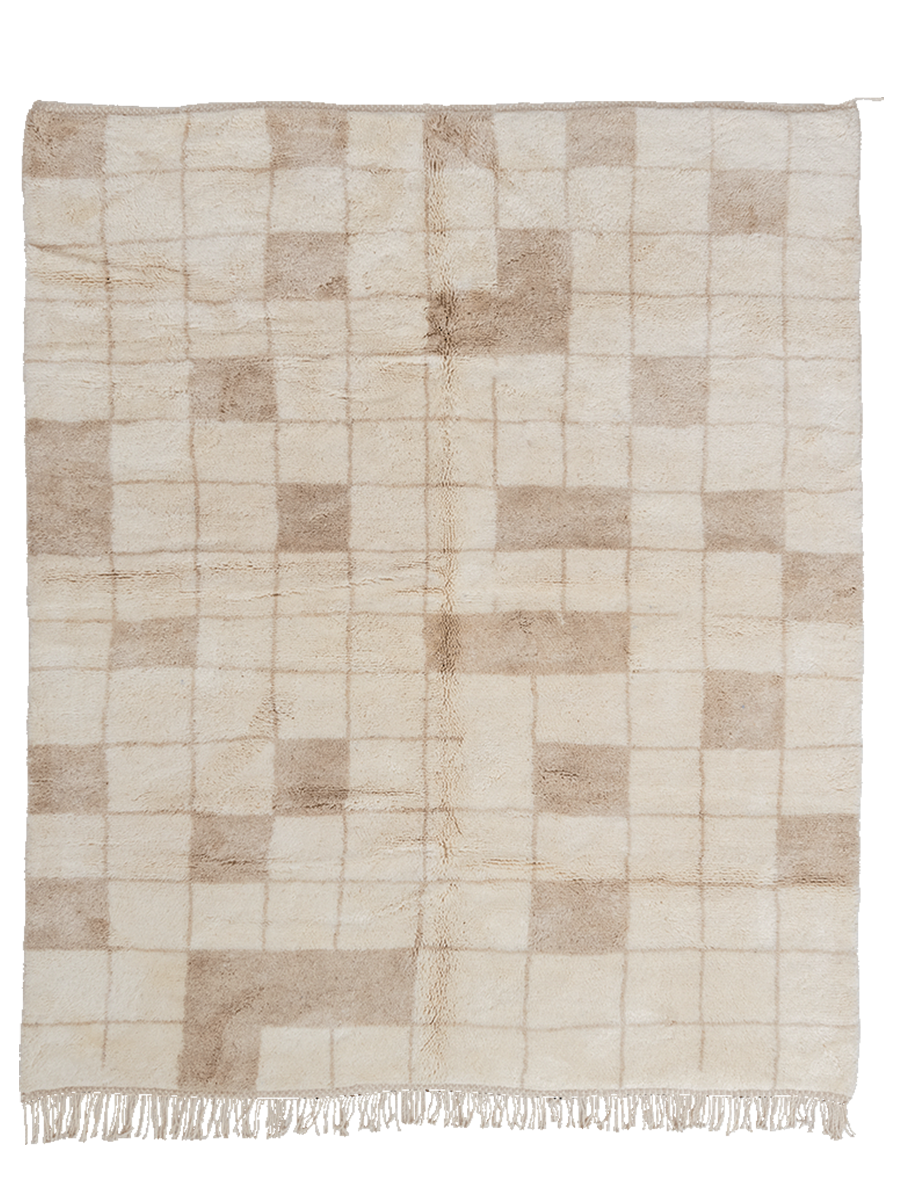The Cost of a Moroccan Rug
Moroccan rugs are more than decor; they’re an investment, in both artistry and history, showcasing the talents passed down through generations.
At Salam Hello, it’s a priority that artisans are paid fairly for their work. We recognize the true value of their time, materials, and unrivaled expertise.
The first consideration when it comes to pricing is the time spent in crafting the rug. Women can easily spend weeks, or months on rugs. The countless hours spent by skilled women, dedicated to creating these masterpieces all while being expected to run their households and take care of their children add a profound depth to the rugs' allure.
Materials also play into the cost of the rugs. Our commitment to using ethically sourced "live" wool not only ensures the well-being of the animals but also results in healthier and more resilient fibers, adding to the enduring quality of these rugs. The wool is then washed, brushed, carded and spun into yarn by hand, which requires the highest level of skill. 
The dyeing process, an art in itself, involves the use of locally sourced spices, plants, and herbs, infusing each rug with a hue that tells stories of the land. With approximately 80,000 knots carefully hand-done in each tufted rug, every piece holds a unique narrative, reflecting the artisan.
Upon completion of the weave we then use our proprietary washing technique to not only refine the rug's appearance but also prioritize sustainability, reducing water waste in the process.
Unfortunately, in the traditional marketplace, the artisans often face exploitation and undervaluation when it comes time to sell their rugs. The artisans are often left out of negotiations and rarely make back what they’ve invested in time, material, and craft.
Bulk buyers resort to deceptive schemes, driving down prices and leaving artisans with minimal returns for their work. Strategically traveling in groups to villages, one after another, each broker will visit an artisan and tell her that her price is too high, until she is eventually forced to lower her price. Finally, a broker will buy the rug at less than 50% of fair cost, barely covering the artisan’s time and materials. 
This unjust cycle perpetuates as the rugs exchange hands, each intermediary adding their markup.
At Salam Hello, we are dedicated to breaking this cycle. We immerse ourselves in understanding the labor, heart, and time invested in every rug, ensuring that our artisans receive fair compensation for their craftsmanship.
We have two pricing models with our artisans. For one-of-a-kind rugs, we never go below an artisan’s first asking price, and we encourage them to raise their prices when we know they’re undercutting their value.
For custom rugs, we collaborate closely with our artisans to establish a fixed cost per meter for each weave technique in our made-to-order collection. As part of our ongoing partnership, the cost per meter for these pieces is regularly reviewed and adjusted to align with our above average compensation standards.
By connecting you directly with our artisans, we eliminate unnecessary markups and bridge the gap between the creator and the customer. With each rug sold, we reinvest 10% of our profits back into the villages, nurturing a supportive ecosystem that empowers and sustains the artistry of these women.
When you bring a Salam Hello rug into your home, you're not just acquiring a beautiful rug; you're embracing a captivating story that celebrates culture, talent, and empowerment.


